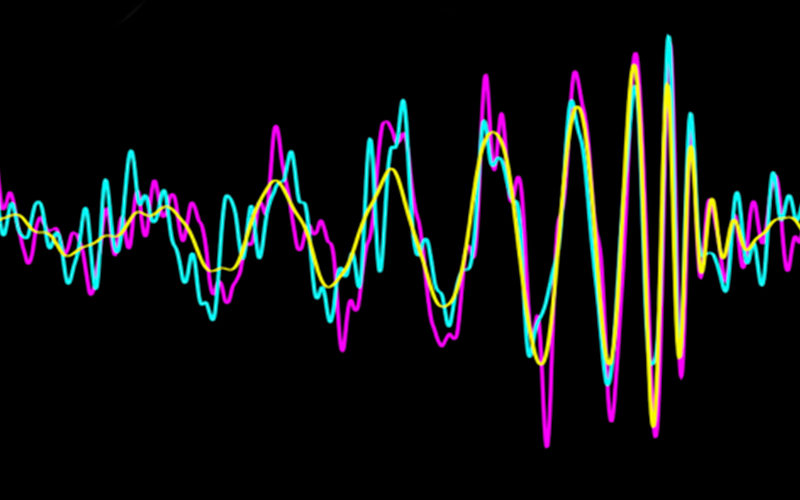
When the 2017 Nobel Prize in Physics was awarded Tuesday, Oct. 3, the researchers of Cal State Fullerton’s Gravitational-Wave Physics and Astronomy Center were among those cheering.
The prize was awarded to three pioneers of LIGO — the Laser Interferometer Gravitational-Wave Observatory — where gravitational waves from a collision of two black holes were observed for the first time on Sept. 14, 2015.
Nobel Prize recipients Rainer Weiss of MIT and Caltech’s Barry C. Barish and Kip S. Thorne were recognized “for decisive contributions to the LIGO detector and the observation of gravitational waves.”
In announcing the prize, a Nobel Committee member called the 2015 detection “a discovery that shook the world.”
CSUF researchers Joshua Smith, Jocelyn Read, Geoffrey Lovelace, Marissa Walker, their students and computation specialist Joseph Areeda, all of the Gravitational-Wave Physics and Astronomy Center (GWPAC), contributed significantly to that first discovery and to subsequent gravitational wave detections announced in 2016 and 2017.
“I am incredibly proud of Rainer, Kip and Barry for their pioneering work in gravitational-wave astronomy — and of the LIGO Scientific Collaboration for harnessing gravitational waves to look at the universe in a completely new way,” said Smith, associate professor of physics and Dan Black Director of Gravitational-Wave Physics and Astronomy. “It’s a wonderful day for the field of gravitational-wave physics.”
Smith served as one of the primary editors of the journal article published in Physical Review Letters outlining the discovery, with physicists from Caltech, MIT, Albert Einstein Institute in Germany, the University of Paris and University of Rome.
The gravitational-wave detections have opened up a new window to study the most violent events in the universe and test the limits of knowledge, Smith noted. Albert Einstein over a century ago predicted gravitational waves in his general theory of relativity and was convinced it would never be possible to measure them.
Since the Feb. 11, 2016, announcement of the first discovery, the international LIGO Scientific Collaboration of more than 1,000 researchers from over 20 countries, including the Cal State Fullerton physicists, has announced three other detections of gravitational waves from colliding black holes. The latest is the Aug. 14 joint discovery made by LIGO and the Virgo collaboration in Italy.
Lovelace, associate professor of physics, was Nobel-winner Thorne’s graduate student at Caltech. His research uses numerical relativity to simulate the merging of black holes as sources of gravitational waves. Their work is featured as part of the Nobel Committee’s scientific background for the 2017 prize. Thorne also gave the keynote address at the opening of GWPAC on campus in 2012.
“As one of Kip’s former students, I couldn’t be more proud that he has been recognized with this prize. His scientific insight, mentoring and evangelism have had such a profound influence, inspiring so many of us to go after gravitational waves,” Lovelace said. “I aspire to follow Kip’s example as I work with my students to help them learn as much as we can from gravitational waves.”
Smith, whose doctoral mentors at Syracuse University worked closely with Weiss and Thorne, leads the team of researchers at GWPAC, where more than 40 current and former students — with seven alumni currently pursuing doctorates in gravitational-wave science and four others in doctoral programs — have been involved in research efforts that helped to confirm the LIGO and Virgo detections.
Led by Read, assistant professor of physics, GWPAC researchers are working on LIGO’s next goal to observe gravitational waves from other astronomical sources, such as from neutron stars.
“We hope, with continued work, to fulfill the vision of LIGO’s founders: an era of gravitational-wave contributions across astronomy,” Read said.